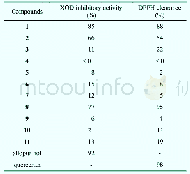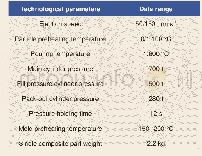《Table 1–Genome-editing technology used against biotic stresses.》
 提示:宽带有限、当前游客访问压缩模式
提示:宽带有限、当前游客访问压缩模式
本系列图表出处文件名:随高清版一同展现
《Genome editing opens a new era of genetic improvement in polyploid crops》
ZFN which are chimeric fusion proteins,consist of a DNA-binding domain with a DNA recognition module and a DNA-cleavage domain(Fig.1-B).DNA-binding domain is composed of a set of Cys2–His2 zinc fingers,each recognizing 3 to 6 bp of DNA.DNA-cleavage domain or array of engineered zinc finger proteins(ZFPs)fuses with the catalytic domain of the Fok I restriction enzyme.Dimers of ZFNs can create DSBs in DNA of living cells,which can induce highly efficiency mutation on the target site[47–49].Fok I domain is the backbone of ZFN because it has many characteristics that support targeted cleavage in a complex genome[50].The major constraint of ZFN-mediated genome modification is its time-consuming nature,low efficiency,and low reproducibility in germ cells though typically high efficiency in somatic cells[51].Polyploid crops successfully edited with ZFN include tobacco[17]and rapeseed[25](Tables 1 and 2).
| 图表编号 | XD0029303800 严禁用于非法目的 |
|---|---|
| 绘制时间 | 2019.04.01 |
| 作者 | Qamar U.Zaman、Chao Li、Hongtao Cheng、Qiong Hu |
| 绘制单位 | Oil Crops Research Institute, Chinese Academy of Agricultural Sciences、Key Laboratory of Biology and Genetic Improvement of Oil Crops,Ministry of Agriculture、Graduate School of Chinese Academy of Agricultural Sciences、Oil Crops Research Institute, Chinese |
| 更多格式 | 高清、无水印(增值服务) |





